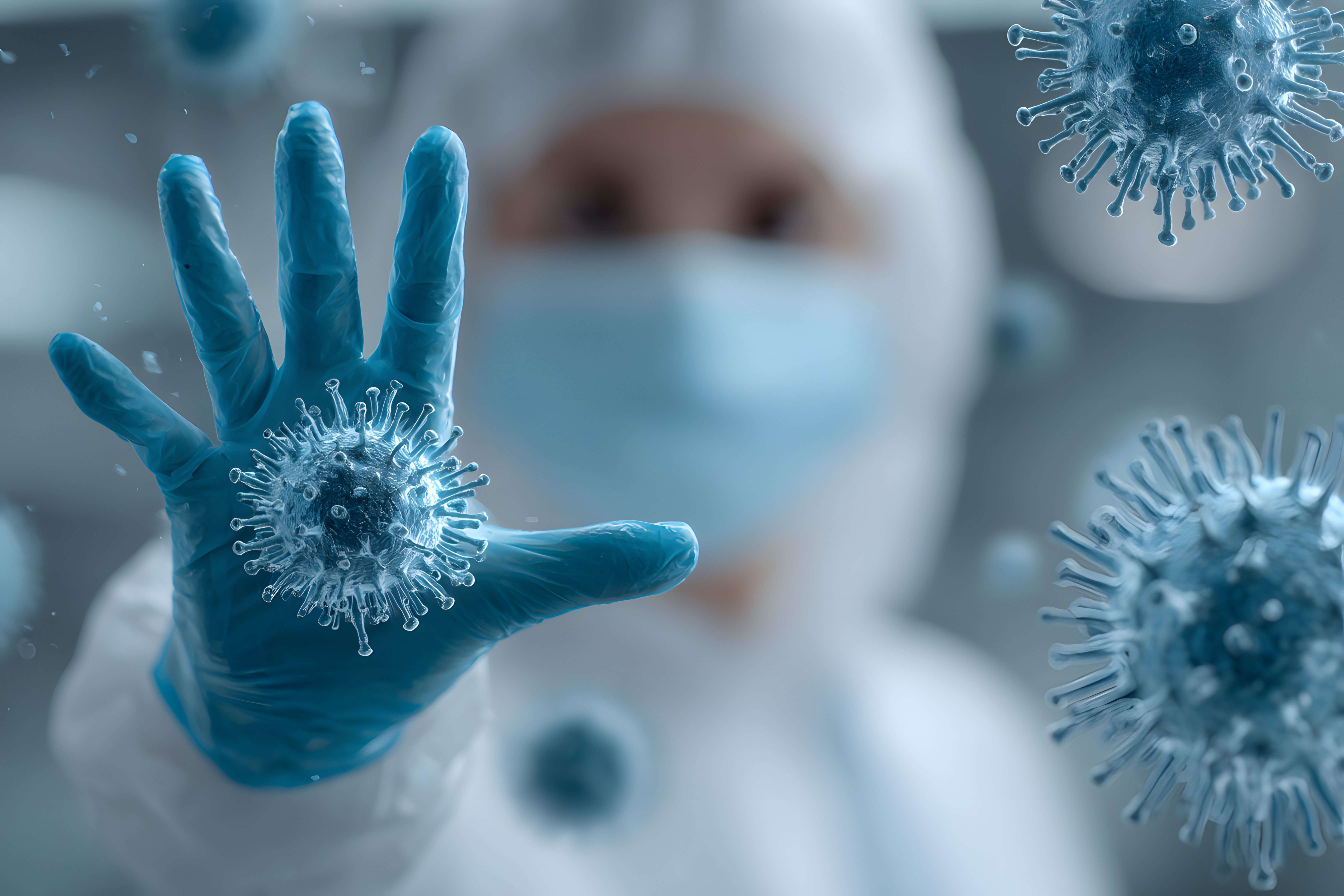Space is the ultimate test of cleanliness. Every object on the International Space Station must remain free of microbial contamination, there’s no room for error, and no easy way to “wipe things down” in zero gravity.
At UV Smart, we often ask ourselves: If NASA can maintain sterile conditions hundreds of kilometers above Earth, what can healthcare learn from that level of precision?
Both environments share one mission-critical demand: absolute reliability in infection prevention. From spacecraft to surgical theatres, it all comes down to validated, residue-free, light-based disinfection.
What NASA Teaches Us About Clean Environments
NASA engineers can’t rely on bleach or liquid disinfectants in orbit. Liquids float, residues cling, and chemicals threaten delicate equipment. Instead, they turn to non-chemical, dry, light-based methods, including ultraviolet radiation, to sterilise spacecraft components and maintain air and water systems.
In the sameway, UV-C light has become a cornerstone of modern infection control here onEarth. With wavelengths between 200–280 nm, UV-C carries enough photon energyto disrupt microbial DNA and RNA, preventing replication and infection. This is how we achieve high-level disinfection on the Spaulding Classification.
👉 Learn more about the science of UV-C light.
Hospitals Face Similar Constraints, Gravity Aside
Hospitals may not be weightless, but they face their own zero-tolerance environment: zero infections, zero downtime, and zero chemical exposure risks. Every reusable medical instrument must be safe for the next patient, quickly and consistently.
Traditional chemical disinfectants are effective but slow, consumable-heavy, and sometimes damaging to sensitive devices. That’s where UV-C disinfection provides an elegant, sustainable alternative: fast, validated, and entirely chemical-free.
👉 Explore high-level disinfection with UV-C light.
From Spacecraft Design to Hospital Workflow
NASA builds systems for automation, traceability, and precision, values mirrored in UV Smart’s engineering philosophy.
Our patented Impelux™ Technology delivers high-intensity, evenly distributed UV-C light that eliminates pathogens within seconds, minimising the “shadow effect” and guaranteeing repeatable results.
👉 See how UV Smart’s D60 integrates into real hospital workflows.
Every cycle is automatically logged, ensuring compliance with hospital validation and MDR requirements, much like NASA’s mission logs that confirm every safety parameter before launch.
Sustainability: The Earthly Bonus
For NASA, every kilogram of chemical waste is a liability. On Earth, sustainability is amoral imperative. UV-C disinfection aligns perfectly with both principles:
- No chemical waste or packaging.
- No water or energy-intensive rinsing cycles.
- Low power consumption per cycle.
By replacing consumable-based methods with light-based disinfection, hospitals reduce both operational costs and environmental impact.
👉 Read about UV Smart’s role in sustainable healthcare innovation.
The Next Frontier of Hygiene
As healthcare adopts automation, sensors, and AI, the parallels with space technology grow stronger. UV Smart is already exploring how intelligent sensing and adaptive dosing could further optimise UV-C exposure, bringing the precision of aerospace engineering into everyday hospital hygiene.
Because in both fields, precision saves lives. Whether it’s an astronaut aboard the ISS or a patient in recovery, clean conditions mean safety, longevity, and trust.
Conclusion
Space exploration has always pushed humanity to design smarter, safer systems. The same mindset drives UV Smart’s mission: to deliver verified, chemical-free, high-level disinfection that performs flawlessly.
👉 Explore more insights at the UV Smart Academy and see how light is shaping the future of infection prevention.








.jpg)
